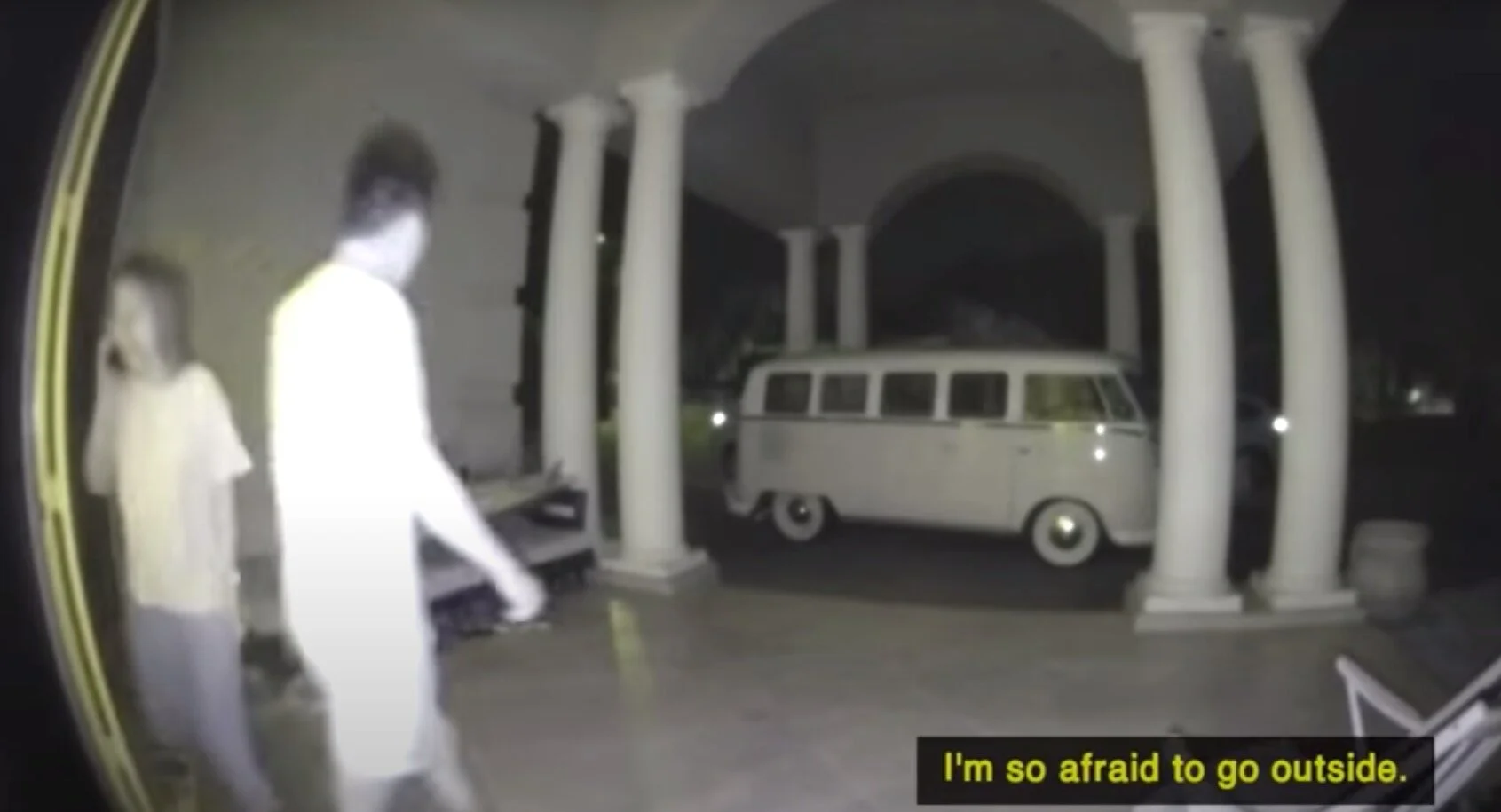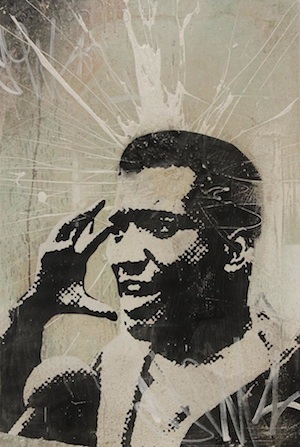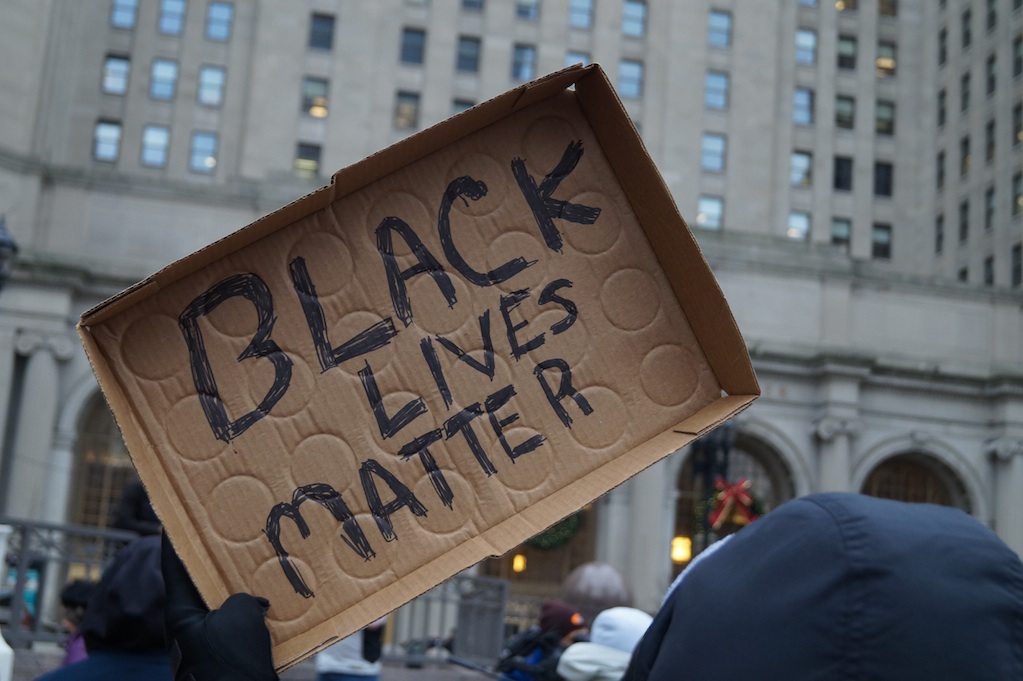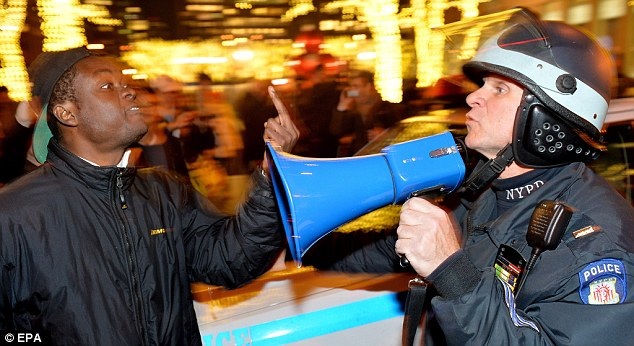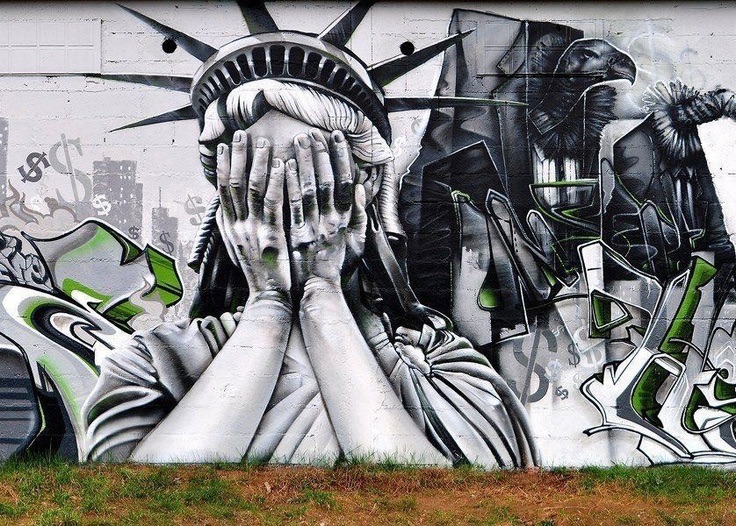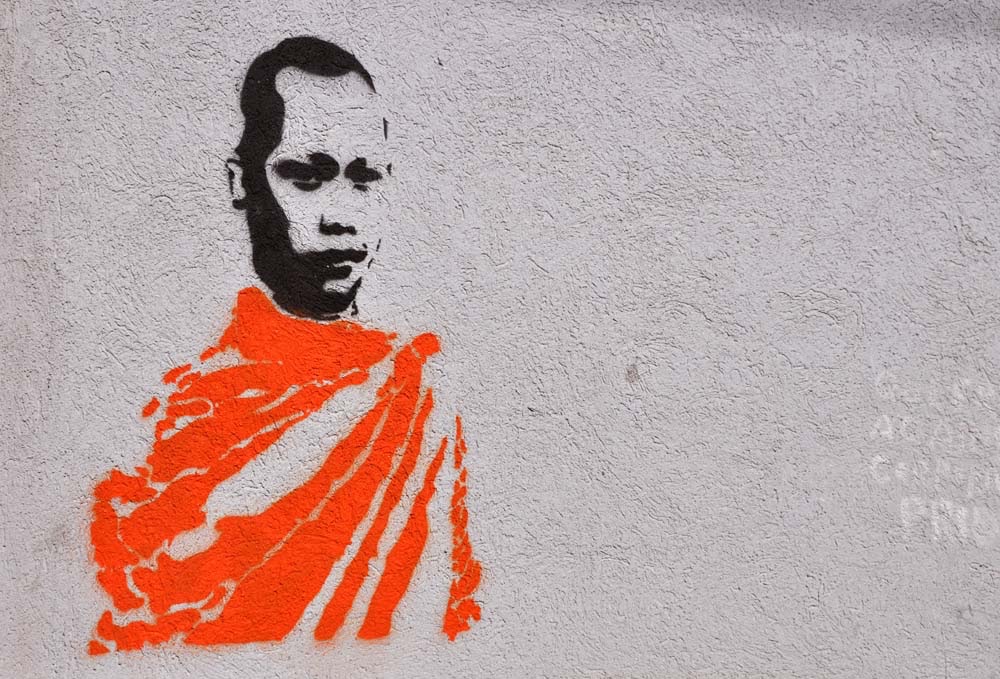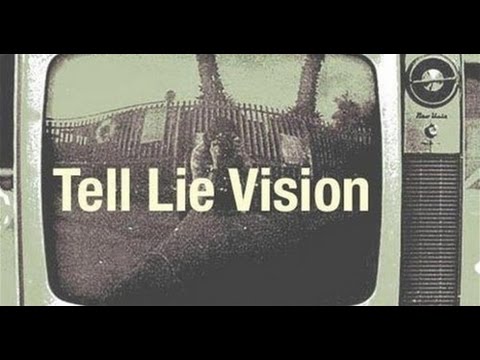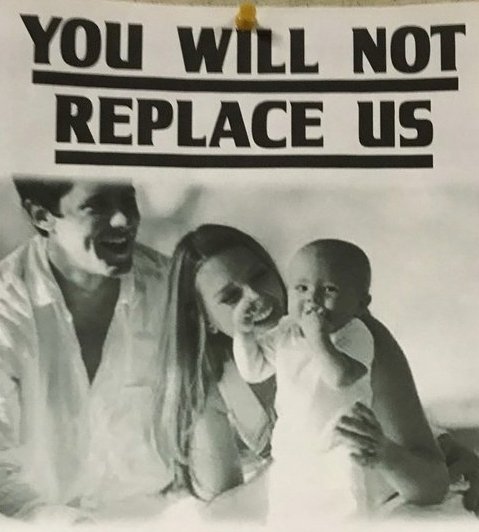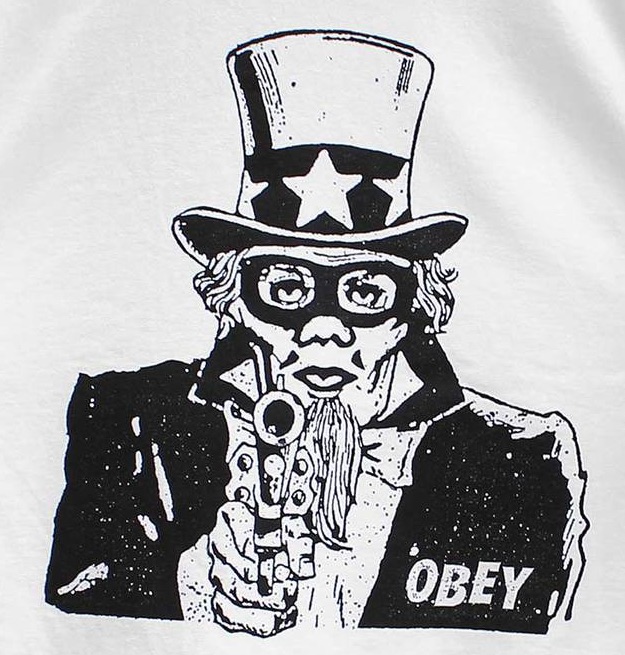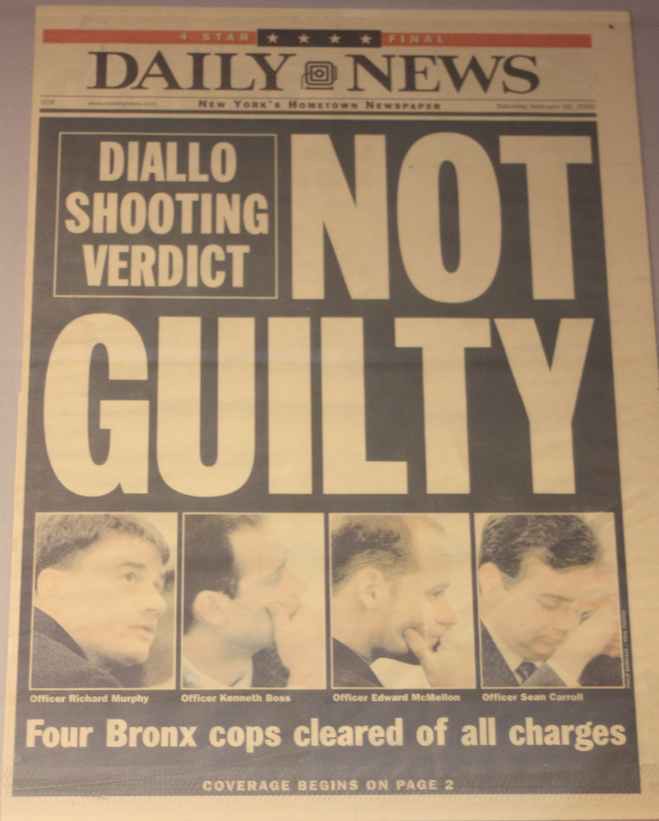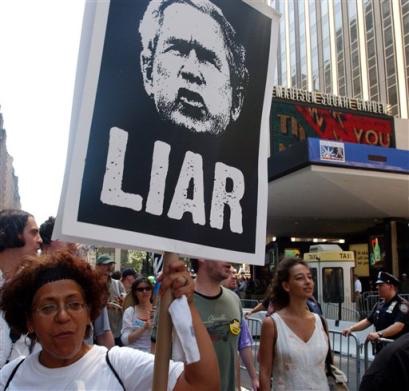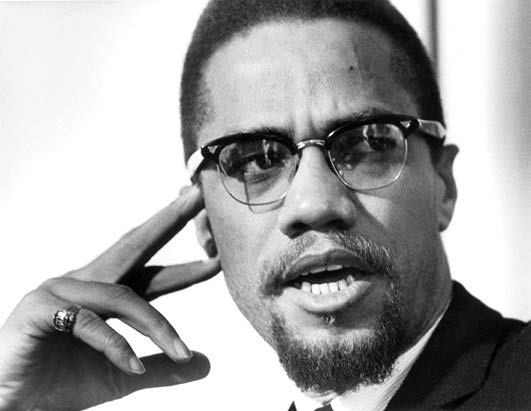25. Mr Phifer explained to Defendant Fosbeck that he had the wrong guy and was not Leroy. The Defendants continued questioning Plaintiff using the false name and referring to Mr. Phifer calling him by the name of Leroy.
26. Mr. Phifer repeatedly stated that he was not named Leroy and that he wanted to be left alone. His request to be left alone was ignored.
27. Mr. Phifer wanted no contact with the police and he was fearful of them based on their disrespectful actions, comments, tone and behavior. Mr. Phifer attempted to walk away, however his path and freedom to move were blocked.
28. SERGEANT DANIEL IMONDI, who was recording the events on his body camera, spoke to Mr. Phifer who was standing now with two officers around him~. Defendant Imondi, without permission, authority or legal basis advanced toward Plaintiff and reached toward him attempting to take Mr. Phifer's umbrella out of his hand, which also was holding two brown paper bags, which contained medical documentation and Christmas gifts given to him by his foot doctor's office.
29. As Mr. Phifer stepped away and pulled back his umbrella and he asked the officers, "what are you doing?" Defendant Imondi then snatched the umbrella out of Plaintiff's hand and threw it, along with his other belongings, on the ground as Defendant Fosbeck attacked Plaintiff from the rear using force to place him in a arm bar hold which restricted Plaintiff's use of his arms and his ability to be free to control his body movements.
30. Defendants made false statements and fabricated facts and claims in what they reported occurred. They Officers intentionally fabricated a story and informed prosecutors that:
"[t]hey asked him to put the umbrella down and refused to comply with Sergeant Imondi's verbal commands and still refusing to give identification and now became combative and more animated with his hands. For officer's safety, Sergeant Imondi attempted to remove the umbrella from arrestee's left hand, when arrestee pulled back the umbrella, Sergeant Imondi was able to remove the umbrella from defendant's left hand, the arrestee immediately went after Sergeant Imondi..."
31. Mr. Phifer did not give the officers permission to take his property, to physically touch him and most certainly did not agree to have his freedom and liberty restricted by these officers.
32. As Defendant IMONDI remained in arm's reach of Plaintiff, Defendant Fosbeck continued to escalate the situation by pulling Plaintiff, TYRONE PHIFER'S arms behind his back. SERGEANT DANIEL IMONDI failed to intervene in this seizure of Plaintiff, but instead grabbed Plaintiffs belongings out of his hand while TYRONE PHIFER'S arms were pulled forcefully backwards and his body was in multiple directions.
33. At the time of the filing of this Complaint the version of this interaction that has been revealed to Plaintiff was that which was captured on Defendant IMONDI's body camera. This recording, which starts off with no sound, demonstrates that officers instigated unlawful contact and escalated the situation using force and abusing Mr. Phifer.
34. Upon information and belief, the Defendants knew that Plaintiff was not the person they were looking for prior to him being attacked and seized by Defendants.
35. Once the sound on the body camera of Defendant Imondi comes on, Mr. Phifer, who was presently restrained by officers was heard saying "Give me my stuff]. Look at my ID! Look at my prescription!" in an attempt to further justify that he had done nothing wrong, and to show the Defendant police officers that they were in the process of actively physically assaulting and detaining the wrong man.
36. In fact, Defendant Imondi went into Plaintiff's pocket and removed his telephone and then picked Plaintiff' s prescription offofthe ground that were pulled from Plaintiff' s grasp and read
it. At that point Defendants knew Mr. Phifer's identity and admitted same. They knew that Plaintiff was not the person that they claim they were looking for, yet they continued to assault and use force to limit Plaintiff's ability to control his own movements.
37. When SERGEANT DANIEL IMONDI bent down and grabbed the prescription Mr. Phifer protested being abused and said "Get off of me! Get off of me! I didn't do anything! I just came out of the fucking doctor!" Defendant DANIEL IMONDI, who viewed Plaintiff' s prescription, confirmed in that moment that he was who he said he was which was "TYRONE PHIFER" and further established that Plaintiff's name was not "Leroy" or "Wilfred Elwin."
38. POLICE OFFICER FOSBECK proceeded to pull TYRONE PHIFER backwards towards Grand Avenue while this exchange was happening, ignoring that Sergeant DANIEL IMONDI had since confirmed that TYRONE PHIFER was not "Leroy"or "Wilfred Elwin."
39. As POLICE OFFICER FOSBECK pulled TYRONE PHIFER backwards, POLICE OFFICER FOSBECK caused TYRONE PHIFER to fall to move in a westerly direction whilst still
restraining TYRONE PHIFER's arms behind his back. As a result of the restraint and force applied to ~TYRONE PHIFER, he was made to fall backward directly on top of Defendant Fosbeck.
40. POLICE OFFICER RICHARD J. FOSBECK and SERGEANT DANIEL IMONDI proceed to then use force to turn Mr. Phifer on his stomach into the prone position while TYRONE PHIFER continued to scream "What is going on! I didn't do anything! I had hip surgery! Why are you on me! I just walked out the fucking doctor! You have the wrong person! You have the wrong person!" to which SERGEANT DANIEL IMONDI acknowledge this fact and responded, "I understand that!". Mr. Phifer also advised the Defendant Officers that he had hip surgery and that they were hurting him by them placing him on the ground and forcing his hands behind him, putting pressure on his hip, back, neck, face and arms.
41. Despite the admission that they had the wrong person, Defendant officers proceeded to handcuff Mr. Phifer and continue to physically restrain Mr. Phifer, forcing his body and his head
(face first) to the ground placing their knees and body weight on TYRONE PHIFER. Neither Defendant Imondi nor Defendant Fosbeck or any other officers attempted to intervene to stop the
other from their on going mental and physical abuse of Plaintiff.
42. Two more Nassau County Defendant officers arrived on the scene, OFFICER QUINN
R. KNAUER and OFFICER PATRICK MCGRATH.
43. Both Officer Knauer and Officer McGrath stood by and watched and listened to what
Defendants Imondi and Fosbeck were doing and failed to intervene. They failed to protect Mr. Phifer and allowed the abuse to which he was being subjected, and did so despite their obligation
to ensure that Mr. Phifer's person and rights were not being violated.
44. At the same time either or both Officer Knauer or McGrath joined in on using force in restraining the liberty of Mr. Phifer and arresting him.
45. Defendant POLICE OFFICER DANIEL IMONDI then untruthfully and contrary to the indisputable evidence, continued to fabricate and told TYRONE PHIFER "When I tried to talk
to you, you tried to swing" and TYRONE PHIFER immediately responded, stating "NO I DIDN'T!"
46. The officers then using disrespectful language and speaking to Mr. Phifer as though he were an animal, aggressively picked Plaintiff up and then sat TYRONE PHIFER on the bench located nearest to him while an officer was heard yelling "sit him up" and telling Mr. Phifer to "sit.".
47. The Defendant officers without cause or legal basis placed handcuffs on TYRONE PHIFER with no regard for the fact that the entire situation was wrongfully created by the carelessness, recklessness, complete disregard and incompetence of their own actions and escalation of the entire situation.
48. Mr. Phifer continued to tell the officers: "I didn't do anything, I didn't do anything." The officers while admitting that Mr. Phifer did not do anything wrong responded "I didn't say you
did Tyrone." Mr. Phifer responded to this admission by asking, "So why the fuck are you all attacking me?".
49. POLICE OFFICER PATRICK MCGRATH then handed TYRONE PHIFER's New York State Identification card to Defendant SERGEANT DANIEL IMONDI, which again confirmed that Mr. Phifer was not the person they claimed they were looking for.
50. Defendants FOSBECK, DANIEL IMONDI, KNAUER AND PATRICK MCGRATH had all positively confirmed that they had detained, tackled, assaulted, restrained, kneeled on, screamed at, handcuffed, falsely accused, intimidated, and harassed the wrong person.
51. And yet, despite this acknowledgment, once again, the Defendants did not stop their abuse of Plaintiff.
52. TYRONE PHIFER once again informed Defendants including Defendants McGrath, Imondi, Fosbeck ans Kanuer that he was not Leroy.
53. This information was met by no response from any of the officers, just a long period of silence.
54. Two women from the podiatrists' office (Baldwin Food Care), where TYRONE PHIFER had been for a doctor's appointment earlier that morning, came out of their office to see what was going on and' attempted to gather Mr. Phifer's scattered belongings which Defendant Officer had strewn on the ground.
55. Not only were. the women's efforts met with a level of callous disregard for Mr Phifer's belongs, which include Christmas gifts which the women had just provided to Plaintiff, but POLICE OFFICER FOSBECK wrongfully stated "He's [Mr. Phifer] out of control so just step back." This was an attempt to wrongfully justify the wrongful actions taken and to coverup Defendants treatment of TYRONE PHIFER. These statements and directives were made to place fear in the women and to mask the abuse of the police violence, force and mistreatment in which they had engaged. It was also an attempt to suggest that Mr. Phifer deserved to be treated this way by being tackled, restrained and detained on his way home from the doctor and that he was a danger
to them.
56. Mr. Phifer promptly told the officers that they jumped on him. To which Defendants wrongfully state that no one jumped on him.
57. POLICE OFFICER FOSBECK went on to tell TYRONE PHIFER "You fit a description" and SERGEANT DANIEL IMONDI chimed in to say "You fit the description!" to which TYRONE PHIFER responded "so every black man fits the fucking description?"
Phifer was charged with obstruction of governmental administration, and it took 10 months for the charges to be dropped. He was arrested a little after 10 a.m., then transported to a local hospital where he says he remained handcuffed to a gurney until 8 p.m.
Phifer, now 63, says he was left traumatized by the incident and can no longer go to medical appointments or shop for groceries without family members.
“I thought I was really going to be hurt, or accused of something they knew I didn’t do,” Phifer told Newsday. “It really bothered me.”
The lawsuit, filed in the Eastern District of New York, accuses the cops of fabricating evidence, false arrest, malicious prosecution, abuse of process and failure to intervene, the latter count referring to the cops who showed up as he was being abused and either stood by to watch or joined in the abuse.
“That morning was the worst day of my life,” Phifer said in a press conference last month.
“I feared for my life,” further elaborated the National Guard veteran and grandfather of eight.



















